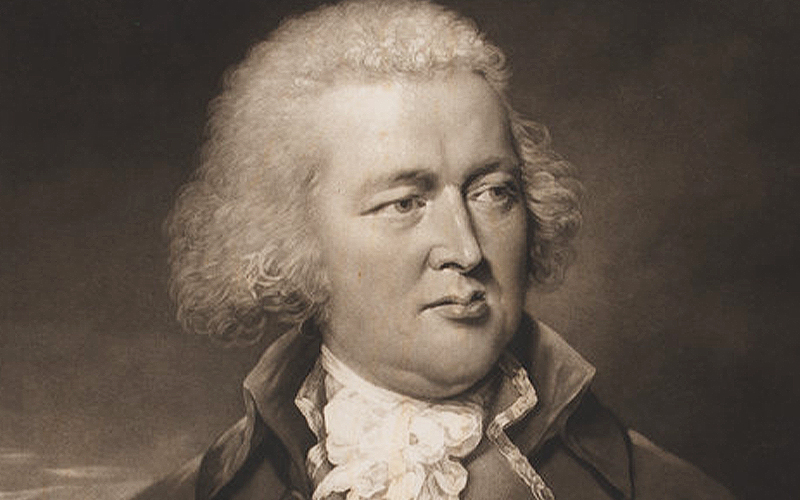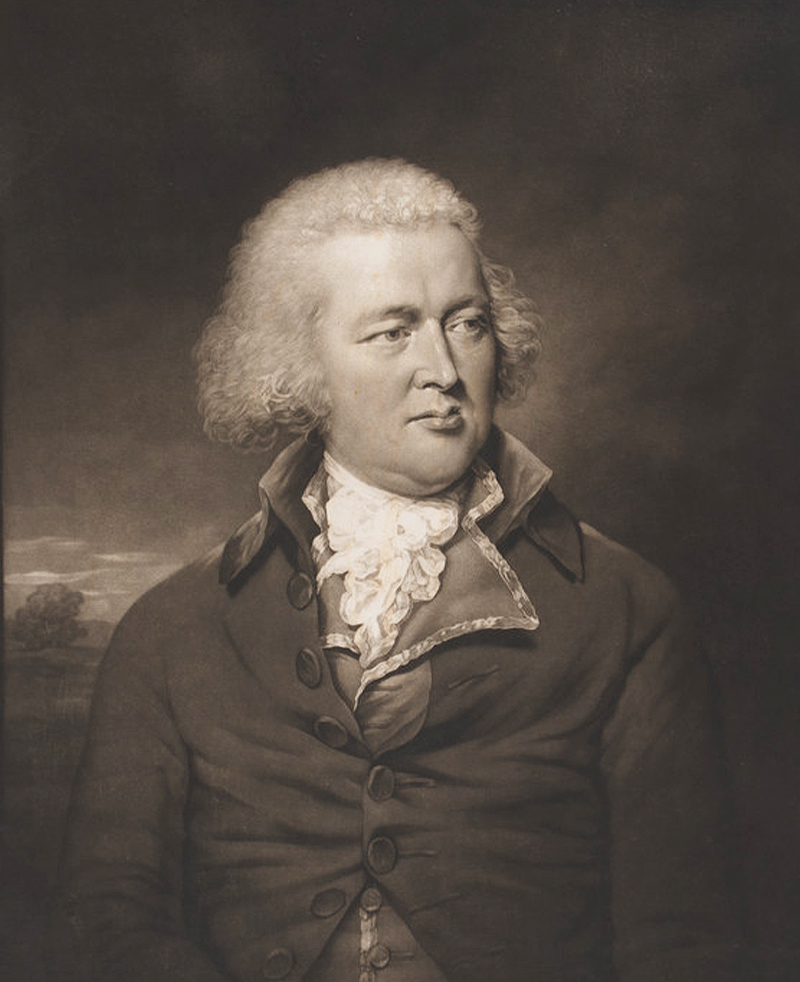Valentine Green

Valentine Green (1739–1813) was one of the most prominent English engravers in the late 18th century, excelling at the mezzotint technique in particular, which was invented in Amsterdam by the German engraver Ludwig von Siegen in c. 1642. The technique was so successful in England that the French began to refer to it as ‘à la manière anglaise’ (in the English way).
Valentine Green was born in Salford Priors in the United Kingdom. He learned to engrave with Robert Hancock before moving to London, where he began to develop his skills in mezzotint engraving. He was a member and president of the Society of Artists of Great Britain alongside artists such as Joshua Reynolds, and his talents led him to become the king’s engraver of mezzotints and an elected member of the Royal Academy.
Valentine Green was especially well-known for his prints depicting the female form. From 1779 to 1782, he published a series of engravings of important female figures from the English aristocracy, which sold for exorbitant prices. The Collection of the Calouste Gulbenkian Museum features six of these engravings, as well as other works by the artist. All but one are portraits of women; the exception is a self-portrait of the engraver himself.

Valentine Green based his portrait on a 1788 painting by Lemuel Francis Abbott, which is currently on display at the National Portrait Gallery in London. This mezzotint, acquired by Calouste Gulbenkian in 1921, is part of a sizeable set of engravings that are usually stored far from visitors’ gaze for conservation purposes. It was displayed in 2015 at the exhibition Calouste S. Gulbenkian and English Taste, along with four other engravings by Green.
A Collection of Stories
On a weekly basis, we shared a story around Calouste Gulbenkian’s collection. This section was created in 2020, which is why the articles refer to the Calouste Gulbenkian Museum collection as the Founder’s Collection.
Other stories